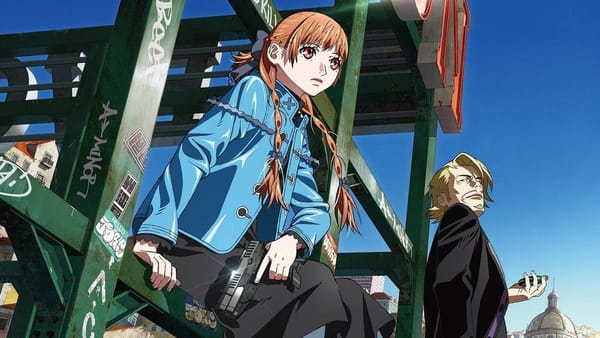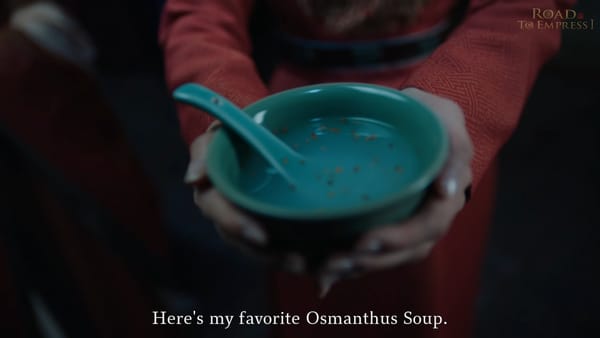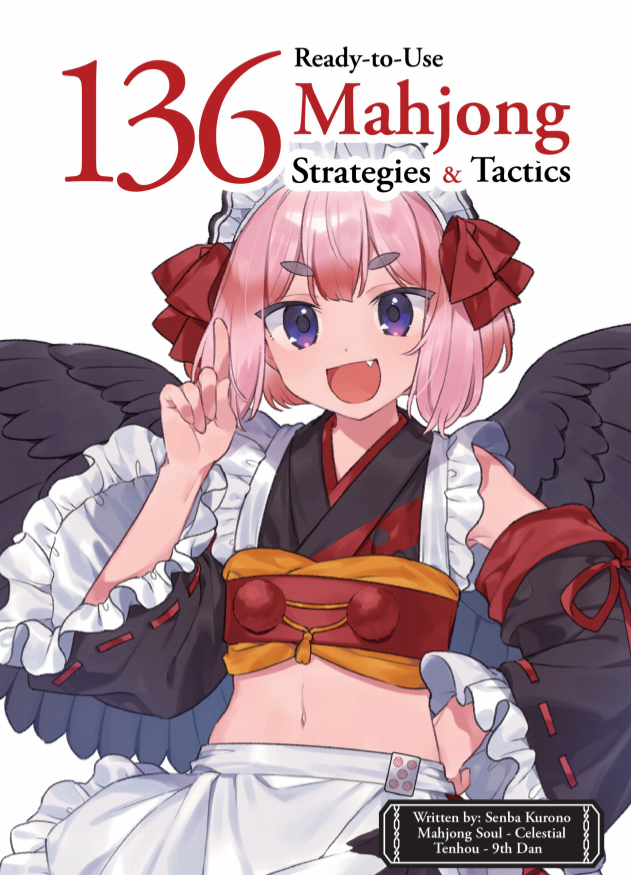Granblue Versus Fantasy Rising is back with rollback and I'm throwing sheep at everyone
Everyone is getting hit by some damn sheep
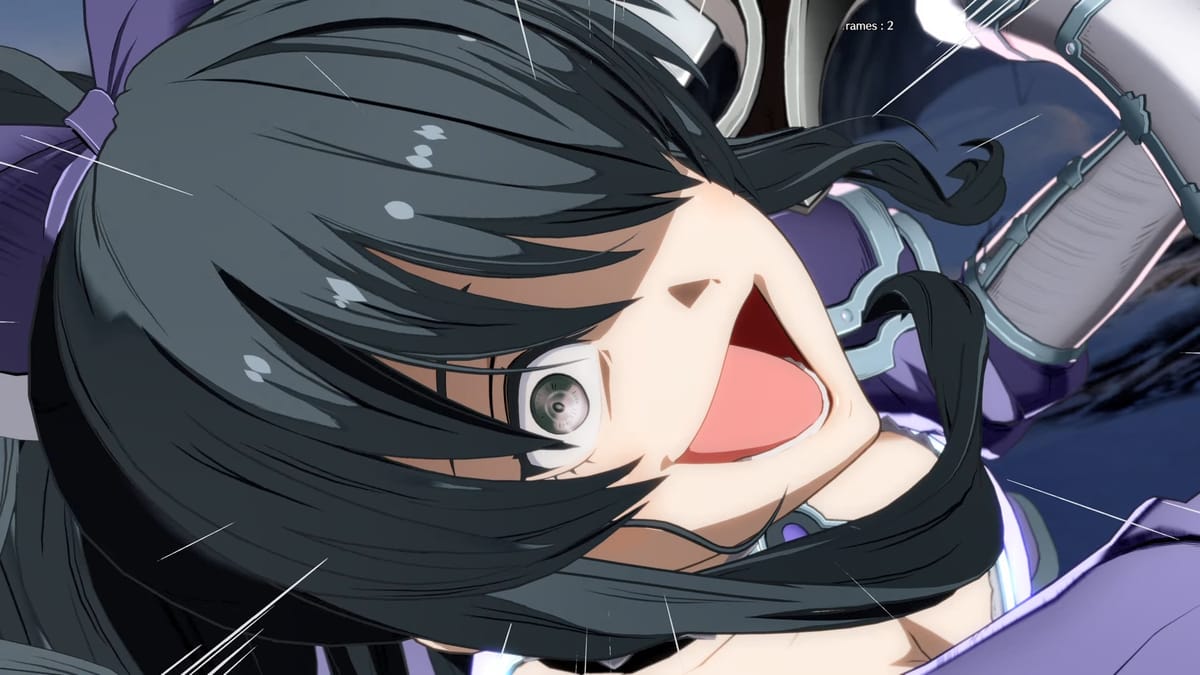
Granblue Fantasy Versus is one of my favorite of the last generation of fighting games (around 2016 to 2021, effectively Street Fighter V’s lifespan). It’s got it all: Arc System Works’ beautiful 3D anime-style animation, Cygames’ charming characters, and a simplified gameplay system that streamlines combat without eliminating its complexity.
The only thing it didn’t have, as GBVS’ fans would quickly tell you for the past few years, was rollback netcode. Without getting into a technical explanation, GBVS was one of the last major fighting games to feature outdated, laggy online play right before the community (unfortunately assisted by the pandemic) put its foot down and insisted on better methods, which had existed— and been largely ignored— for a very long time.
But the thing with rollback, as many a developer has expressed, is that you have to build the game from scratch for it… or just disassemble and rebuild the whole thing. So rather than allow GBVS to die with a whimper, Cygames did that. The catch is that Granblue Fantasy Versus Rising is not a simple patch or free update, but a whole new full-priced game.
You might say “hey, that’s normal for fighting games”, but it’s actually the model they moved away from this generation. Even Guilty Gear is now a game-as-service with yearly season passes; it’s a much better model for everybody involved. But Cygames does things Cygames’ way— the original Granblue Fantasy isn’t shy about making players pay hundreds of dollars on the gacha to recruit their faves— and here we are with a new full-price game.1
The question of all this was whether that new game would feel worth buying, other than the significant addition of properly functioning online play. I’m not sure how the casual player is going to feel, as any new single-player content wasn’t in this beta (GBVS’ tedious beat-em-up mode didn’t do great by series fans or single players), and the roster only includes two new characters (I believe it’s been said that animating a character the way Arc does it takes about six months a character) along with all of the previous game’s DLC.
As a fighting game player, however, I’m pleased to report that Granblue Fantasy Versus Rising is actually a whole new game. After going a little nuts this weekend and maybe playing about a hundred matches, I’m really looking forward to paying for it all over again.
What was GBVS?

Granblue Fantasy Versus is a relatively simplified fighting game that smooths out some of the genre’s most intimidating points. Players can perform special moves with a single button press like in Super Smash Brothers, and anybody can pull off a combo by simply pressing an attack button three times.
But none of GBVS’ modern amenities affects the core appeal or complexity of the fighting game, so it attracted seasoned players by offering the strong characters and variety of the “anime fighter” with less of the genre’s technical precision and heavy practice requirement. There were so many unique and fun characters in this game I loved playing, and when I thought a new one looked cool, I could learn them in an hour!2
If GBVS had a problem— aside from the rollback— it was that the game was so simple that it felt a little choreographed. Once you really got to know the game, you knew every character’s every option, they all dealt about the same damage, and the super meter would always fill up at just that certain moment in the match to allow for the finishing blow. I think the designers were fully aware that the game was like this— a mid-season patch introduced some experimental changes which were called off for Rising— but a full-on sequel calls for a bit of a shake-up.
Rising’s changes

Rising does a little tiny bit to change up the presentation and make it feel like a “new” game: they’ve borrowed a bit of camera movement from Guilty Gear Strive and thrown some very flashy particle effects at some of the bigger moves.
In an attempt to shake up the flow of battle a bit, Rising adds lots of new options for players to try, based on taking big risks for powerful rewards. This is the only fighting game I can think of that has special moves, enhanced special moves that force a cooldown on using them again, and super-enhanced special moves that use super meter (I like to call them EX-EX specials).
Rising changes the flow of the match by adjusting the damage players take and the rate at which the super meter fills up: players have the choice to either spend resources aggressively to deal bigger damage right away, or to wait until later in the round to aim for a big finish with a final super move.
In the previous game that super move finish seemed all but inevitable, but I noticed that in this version of the game, pulling out your big move at the end of the match didn’t necessarily guarantee your victory. I felt like characters were able to take a bit more damage this time than they did in the last game, leading to matches that have a bit more back-and-forth exchange and are more likely to bring both sides to the brink before they end.
A completely new risk/reward system is the guard break: players can spend one of three “Brave points” every round to throw out a big unblockable attack, or while blocking to unconditionally throw opponents off you. On offense, the guard crush can net you a free combo and might just win you the round. On defense, it might save your life. But the price for using your Brave points is steep: lose two points and you’ll start taking noticeably more damage. Lose three and you’re practically bleeding HP with every hit; one good combo will take you out.
This is a tantalizing and intimidating system, and it’s one of the things that will take a lot longer than a single beta weekend to really get a handle on. In my matches, I saw only veterans and mashers use it.
Like the fighting game upgrades of old, Granblue Fantasy Rising has made very subtle system changes that cause massive ripple effects, drastically changing the way the game plays in a fundamental sense. This is apparent from five minutes’ play, but I’ve no doubt the game will flesh out even more as players get more time with it.
I tried Anila; I like her
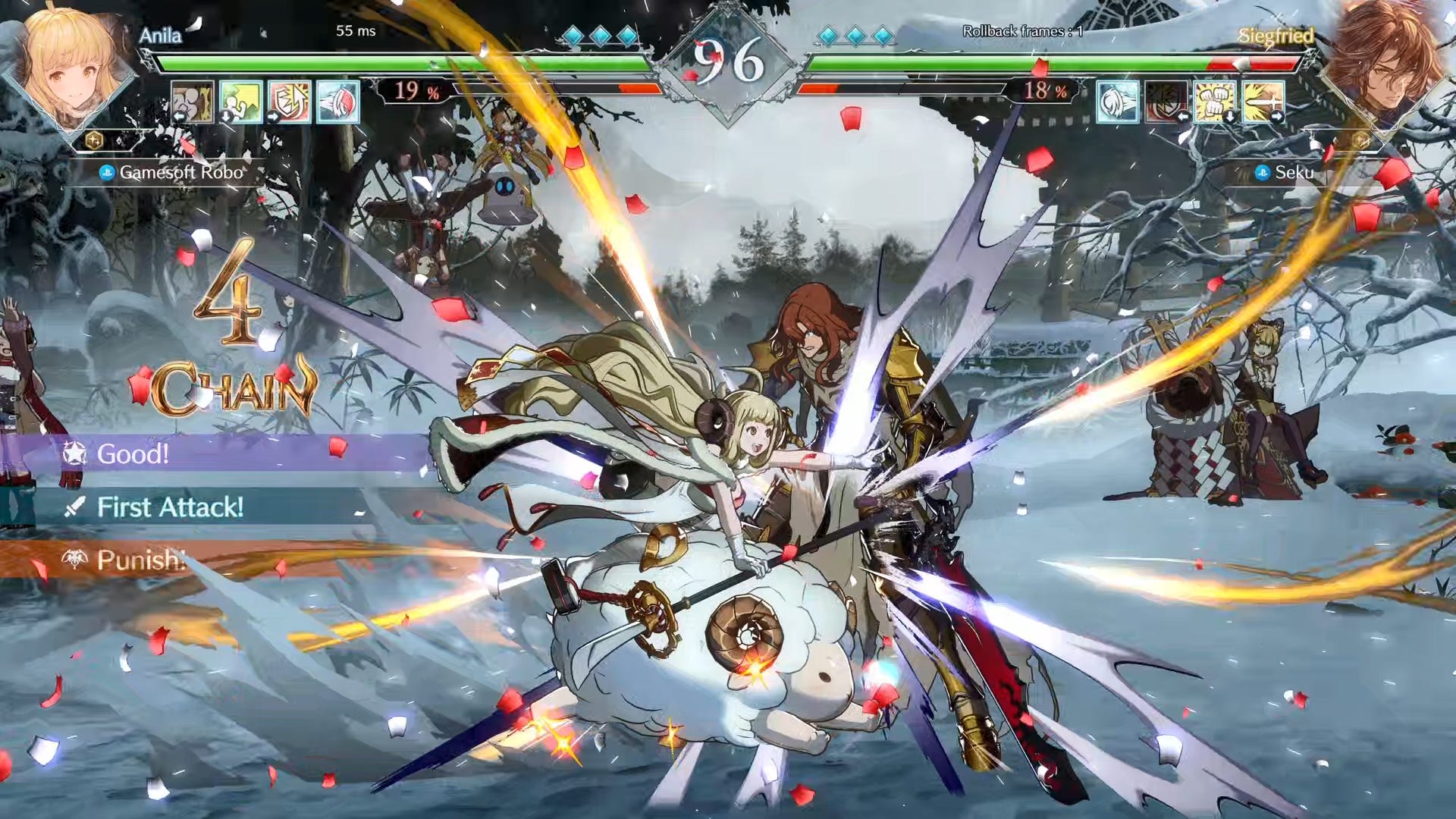
The new character I really got time in with was the adorable Anila, one of the zodiac-based Divine Generals, whose gimmick is sheep, sheep, sheep. Anila keeps opponents out by stabbing with her spear and flinging big fluffy fuzzballs.
All that sounds really wacky, but Anila’s a really simple, safe and stable character who isn’t too far off from classical fireball/uppercut types like the main heroes or Katalina. Just keep your opponent at the edge of your blade, pelt them with sheep, and frustrate your opponent into jumping at you for a big counter hit.
With but two tricky moves— she can trip you from long distance or jump over your head for a confusing crossup— Anila basically wants to keep that safe distance and deal slow and steady damage. It’s hard to crack her unless she makes a really big mistake. Like most GBVS characters, the real pain comes when she pushes the opponent’s back into the corner.
GBVS is back, dammit
I didn’t really look too much at the new lobby mode or the Fall Guys mode3; that can wait until I actually have the game. I was just happy to be playing GBVS with proper netcode. The difference between Rising’s rollback and GBVS’ delay-based online play cannot be overstated. After rollback, any delay-based game feels like fighting underwater.4 This beta weekend felt like I was finally playing the “real” GBVS for the first time without having to actually travel to a tournament.
In the age of constantly-updated live-service fighting games, players like to talk about games being “dead”, and GBVS is one of those games that had been pronounced dead for at least two years, even as Arc and Cygames were actively producing content for it. That was understandable: the rollback wave was coming, we’d all taken up Guilty Gear XX Accent Core +R, online fighting games were changing forever for the better.
But I just want to note that maybe live service games have thrown the fighting game community out of whack on what “dead” means. A game like DNF Duel doesn’t get updates for three months, and people say it’s “dead” within a year of its release. That’s nuts. That’s friggin’ bonkers.
My friend, you can play any fighting game you want. Especially now that everything has rollback. You can comfortably play against people halfway around the world in your favorite game. You can go on Fightcade and play a game that never left Japan, or a game that never came out, against actual human beings. Things have never been better. You can complain that your game is dead, or you can play it.
The game is only dead when nobody’s playing. And as such, I’m looking forward to GBVS’ rebirth when Rising formally releases. I hope it gets the kind of reception that it deserved the first time.
If you’d like to try it, keep an eye out on Steam etc where the original GBVS regularly goes on sale for like, five bucks ↩
I’m competent with Charlotta, Lowain, Yuel, and Zooey. ↩
Yeah, there’s a Fall Guys mode where your little goofy avatars run through race courses, I’m not kidding ↩
I weep for my beloved Virtua Fighter. ↩

